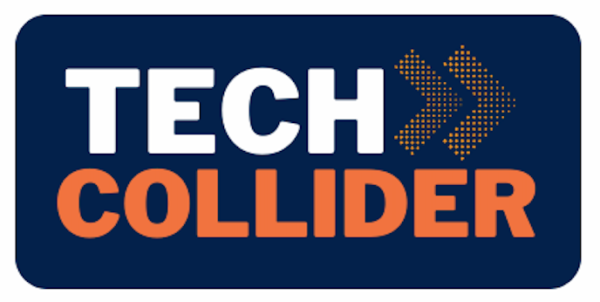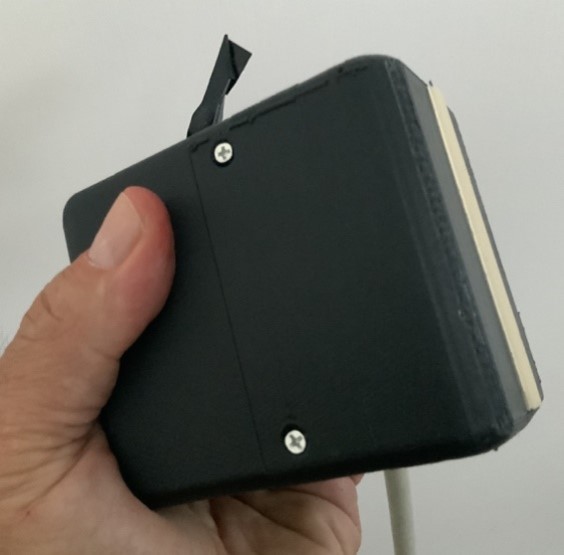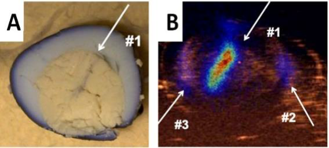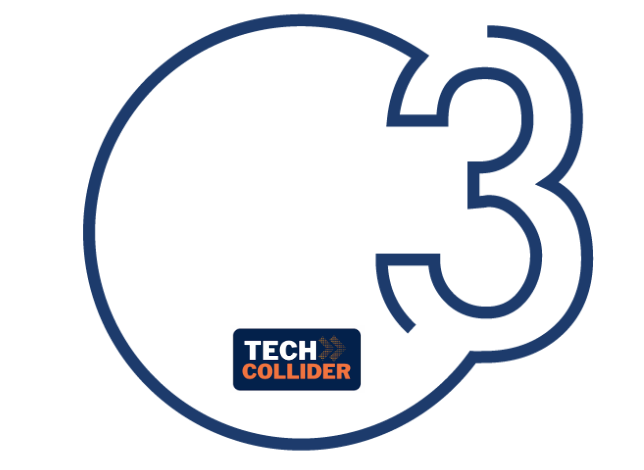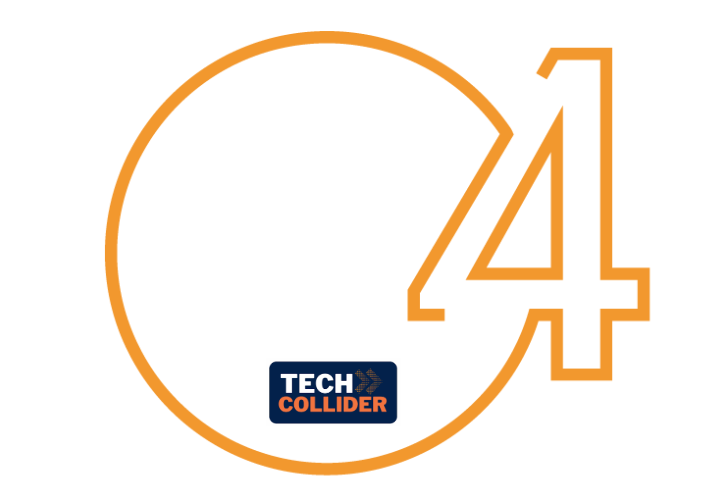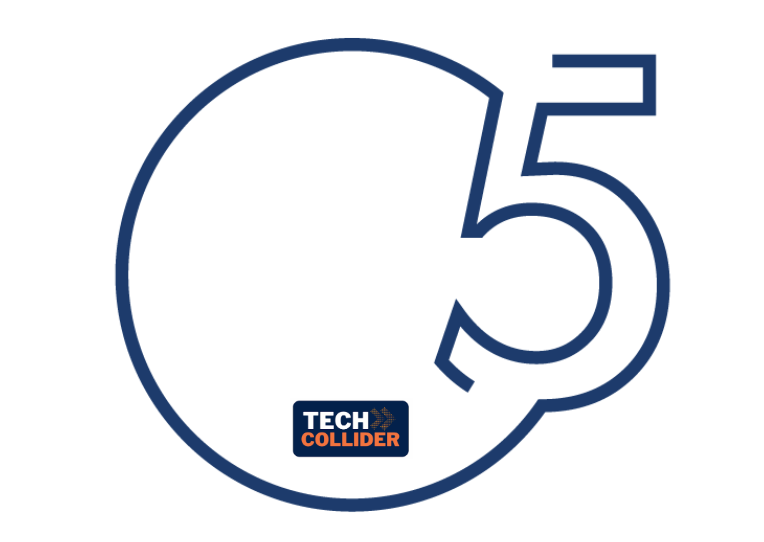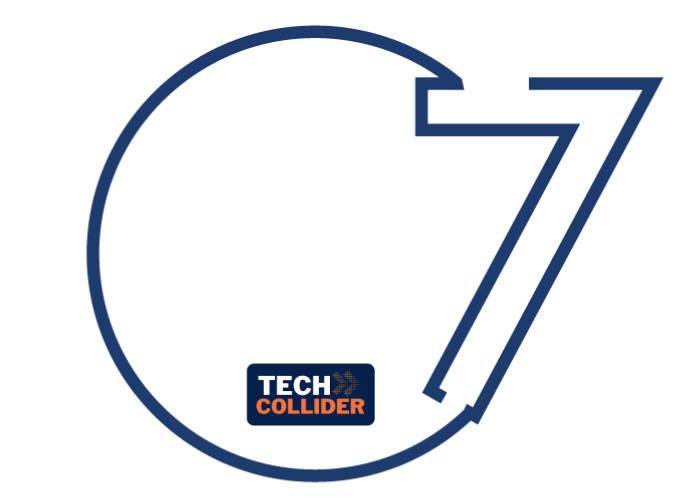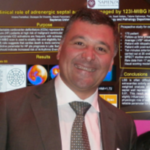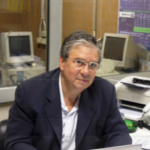The ecoScinti is a highly innovative tool and unique, therefore making it difficult to accurately analyze and quantify market potential. “Assobiomedica” census (Nov. 2015) reports that there are just over 32,000 ultrasound scanners in Italy. The period of “technological suitability” of an ultrasound machine is 5 years, and only 50% of the instruments in Italy fall within this range. Just over 10% of the instruments currently in operation are even over 10 years old and the life expectancy is 6 years. Given these rather long life cycles, we believe that the development of an echo-scintigraphic probe that can also be used by instruments already in use is the strategy that will allow us to achieve the widest and fastest penetration of the market. Considering the highly innovative characteristics of the device, together with the sales costs lower than those of the main equipment currently used for dual-imaging, it is plausible to assume a good diffusion of the instrument. We estimated the potential market considering the number of existing nuclear medicine (NM) centres, starting point for the inoculation of the radiotracer of any scintigraphic analysis: ITALY ~250 NM, EUROPE >2,500 NM, USA >5,000 NM. The following eco-numbers of scintigraphic probes sold in the first three/four years from the completion of the clinical study and the placing on the respective markets can be hypothesized: ITALY 600 units, EUROPE 6,000 units, USA 12,500 units. Placing the price of our probe at around €40,000 per unit, the turnover numbers in four years would be: ITALY €24 million, EUROPE €240 million, United States €500 million. With these sales numbers, gross margin could be 65-70% of revenues.

